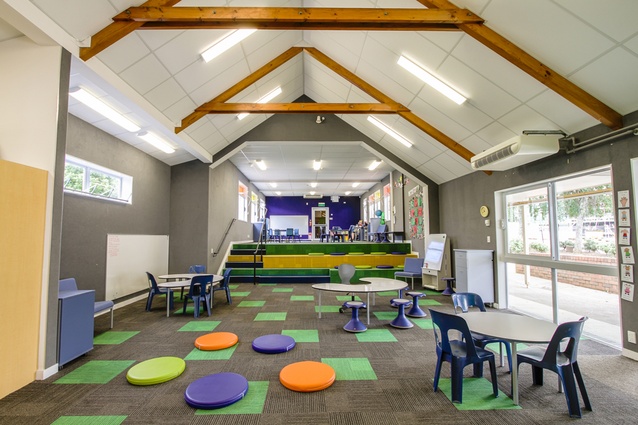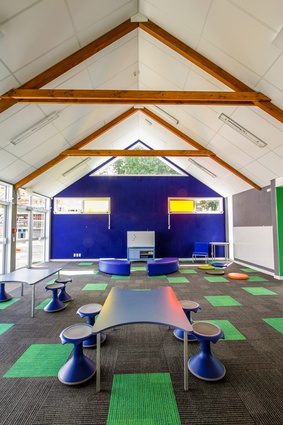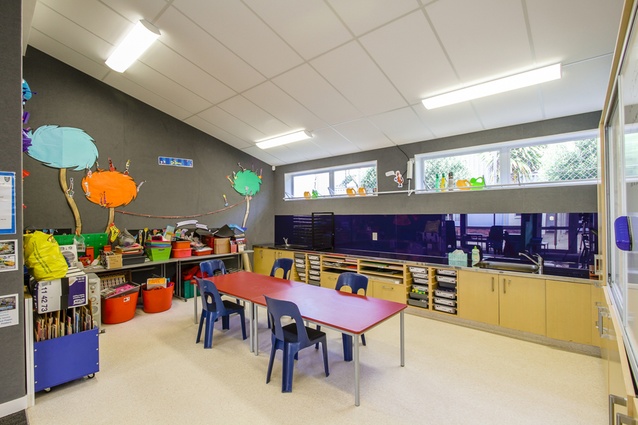Listen up
Hedda Oosterhoff explains why, in school environments, acoustic requirements should be addressed and integrated, right from the start of the design process.
Children are inefficient listeners who require optimal acoustic conditions in order to hear and understand. They are neurologically undeveloped and lack experience to predict from context – especially younger students who are only starting to grasp the basics of comprehension. Children who miss key words, phrases and concepts because of poor listening conditions may perform poorly academically and suffer from behavioural problems.
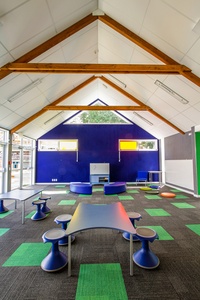
Recently, new classrooms are being designed as open-plan environments in which several class-bases share the same space. This results in a greater number of children in one larger area. These Innovative Learning Environments (ILE) have emerged to better facilitate working in groups and to benefit the children’s social development by promoting the sharing of skills, ideas and experiences.
However, many acoustic issues arise with ILE, such as high noise levels coming from other class-bases in the same space. Acoustic conditions often do not facilitate a good signal-to-noise ratio (S/N), particularly when seated further away from the teacher. In addition, the larger spatial volumes lead to higher reverberation times (RT), which negatively affect speech intelligibility. Longer reverberation times also exacerbate background noise. AS/NZS 2107 recommends an RT of 0.4 to 0.5 seconds.
Designing an optimal acoustic environment prevents unsatisfactory acoustics from affecting the listening capabilities of children at school. It’s not only students who suffer from sub-optimal acoustics either; loud or reverberant classrooms may cause teachers to raise their voices. Consistently speaking at a high volume can lead to increased stress, physical fatigue and potential voice impairment or nodules on vocal cords.
At Ellerslie School in Auckland, DLM Architects designed two new ILE classroom blocks. Their design included Autex Composition coverage on all the walls, carpet tiles on the floor and direct-fix acoustic panels on the pitched cathedral-style ceiling. However, due to budget constraints, DLM Architects was instructed to remove the acoustic ceiling panels, contrary to their recommendations. The ceiling had a pasteboard sub-lining for bracing so this then became the actual lining.
Once the classrooms were completed in April and June 2015, DLM Architects received complaints from teachers and the principal of the school in relation to the acoustics in these new spaces. Testing confirmed that the reverberation well exceeded the recommended times. One classroom had an average RT of 1.06 seconds, whereas the other tested at 0.80 seconds. Reverberation times above 1 second are incredibly detrimental to speech intelligibility.
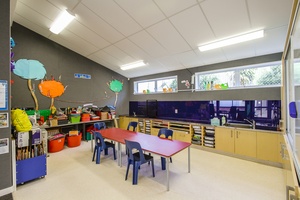
It was agreed to retrofit the ceiling at a later stage when funding became available. Over the school holiday period, the classrooms were retrofitted with a T&R Interior Systems C Max Absorb 15mm suspended ceiling with a noise reduction coefficient (NRC) of 0.95. Consequent retesting confirmed that this was essential to bring the RT to acceptable levels. The same classrooms now had a reverberation time of 0.45 and 0.42 seconds unoccupied.
This scenario highlights that in ILE, due to the larger spatial volumes and low RT required, the acoustic properties must be integral to the whole design. It is not sufficient to merely treat a few surfaces. However, as this case illustrates, even though DLM Architects had correctly addressed the acoustics during the design phase, acoustic treatments are often sacrificed when the budget is tight. Ironically, retrofitting acoustic treatment into a room that is ‘unfit for purpose’ ended up costing considerably more.
Specific criteria for acoustic measurements in classrooms are currently not included in the New Zealand Building Code, and this responsibility falls with architects and designers. However, guidelines for acoustics in education spaces can be found in AS/NZS 2107. The New Zealand Ministry of Education encourages schools to ensure that acoustic conditions in teaching spaces provide the best-possible outcome and strongly recommend that schools remedy any acoustic shortcomings.

